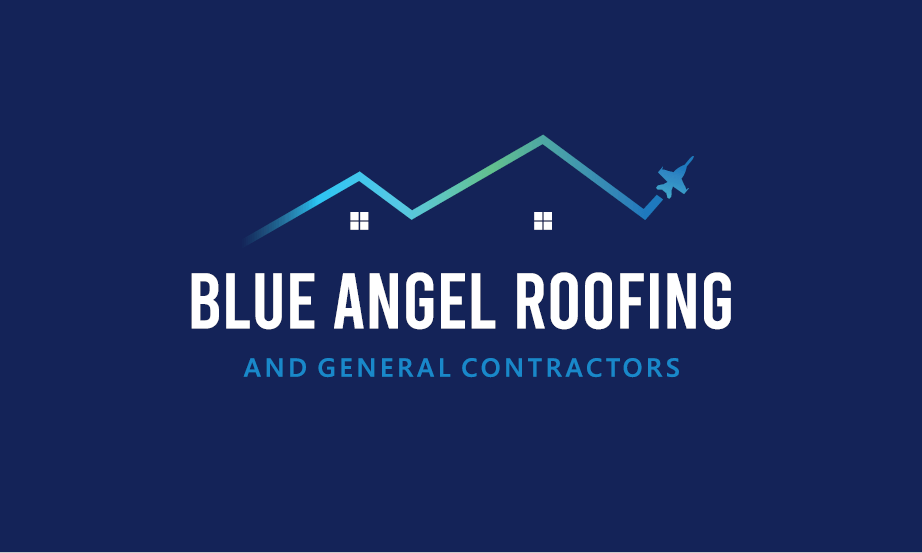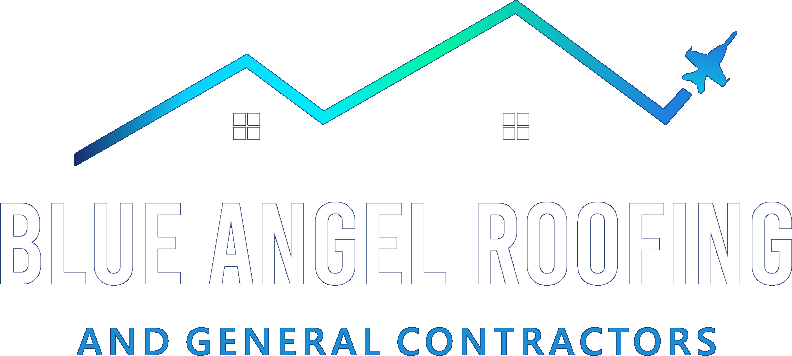What Do You Do When Your Roof Is Damaged During A Storm?
Storms often lead to roof damage, which can have disastrous and expensive consequences. Winds and rain beat down on the roof, causing it to collapse or be ripped off, leaving the home open to water and wind damage.
When snow accumulates on the roof, it can cause significant water damage to the building’s interior as well as structural harm. To avoid this kind of problem, install and maintain your roofs correctly.
All roofs are designed to be durable, but they will only last for a finite amount of time.
Roofs are susceptible to damage from all types of weather, especially extreme ones like those seen during a storm. There are several things you can do to help safeguard your roof from harm during a storm.
- Begin by keeping a close eye on the condition of your roof. If you detect any missing or damaged shingles, have them replaced as soon as feasible. A storm can do more damage to an already deteriorating roof.
- Make sure that your gutters are free of leaves and debris to allow water to freely flow off the roof. If you have a scrub brush and bucket, you may use these to clean your roof.
Once you clear your gutters of debris, check for any blockages that might be causing issues. If you see a clog, contact a professional to take care of the problem.
If a storm is on the horizon, you can also take some steps to safeguard your roof from damage.
Before starting, bring down any belongings stored on the roof or relocate them into the garage.
Use a broom or rake to remove any snow or ice from the roof. By taking this preventative measure, you’ll help your home avoid damage that could be caused by hail and ice.
Finally, if the storm is approaching, move any furnishings or other objects off the roof.
When the snow has melted, you may repair a damaged roof. A skilled roofer can mend your roof in about two hours and cost around $400-$500.
If you want to save some money, there are a few things you can do before calling in the professionals.
1. Examine the damage
- These tips will show you how to properly assess the damage done to your roof following a storm. If any of your shingles are missing, torn, or damaged, you will need to replace them.
- Inspect your roof for any leaks, and repair them immediately if found. Examine the flashing around vents and chimneys for deterioration. If it is damaged, you’ll need to replace it.
- Check to see if your gutters and downspouts are still attached firmly, and clear of any foliage. Inspect the roof for any damage, such as warped or sagging beams.
2. Stay safe
When exploring your roof, be extremely cautious as the surface may be dangerous and unsteady. If there’s any possibility the roof might cave in, quickly leave the house and contact a qualified individual to survey the situation.
3. Don’t try to remove shingles or tiles by hand!
Roof tiles and shingles that have been ripped off can cause your roof to fly off. Getting on the roof may be hazardous, especially if there are electrical cables along the rafters. Hiring a roofing firm to perform the task is a better option than removing damaged shingles or tiles.
4. Take steps to prevent water damage
Roof leaks are one of the most common ways water damage occurs in homes. By taking some preventative measures, you can help stop water from coming into your home through the roof and causing costly damage.
It’s also critical to pay attention to the state of your roof. Make sure any damaged or missing shingles are replaced as soon as feasible, and keep an eye open for additional issues, such as leaks or moss growth.
Your home’s gutter system is key to keeping water away from your house. Make sure it’s in good condition, and that the gutters are cleared of any debris. This will ensure that water can flow freely away from your home. You may also want to consider installing roof flashing or a drainage system to help divert water even further away from your house.
If you have water damage, act as soon as possible to prevent further damage.
The first step is to examine the roof and identify where the leak originates. You can begin to repair the leak once you know where it is.
If you can repair the leak yourself, there are several solutions available to assist you. If you’re not confident in your abilities, or it’s simply too dangerous, get a professional to do it for you.
5. Check with an insurance professional to see whether you’re covered for any losses
If your house is damaged in a storm, you’ll need to contact an insurance professional to find out whether you’re covered for roof damage. You’ll want to make certain that you have a policy that covers the losses.
The first thing you should do is contact your insurance provider and inform them that you’ve been affected by a storm. Inquire about what types of damage are covered under your policy, as well as any deductible requirements. Many homeowners’ policies exclude damage caused by wind, rain, or hail, so it’s essential to understand precisely what they cover and don’t cover.
If your roof is damaged, you’ll need to make a claim with your insurance provider. Prepare images or a video of the damage if possible. If you’re lucky, your insurance company will reimburse you for the repairs and restore your insurance deductible. You may be required to hire a contractor to repair the damage if not.
Roof Repair Alternatives
If you can get a professional estimate, it may be cheaper to replace the entire roof than to repair the water damage. When considering replacement choices, choose light or heavy-duty materials based on your needs.
If you’re considering selling your home within a few years, a less-expensive metal roof that won’t need replacing as often is probably the better option. Get in touch with Blue Angel Roofing and General Contractors for reliable advice.



Comments are closed.